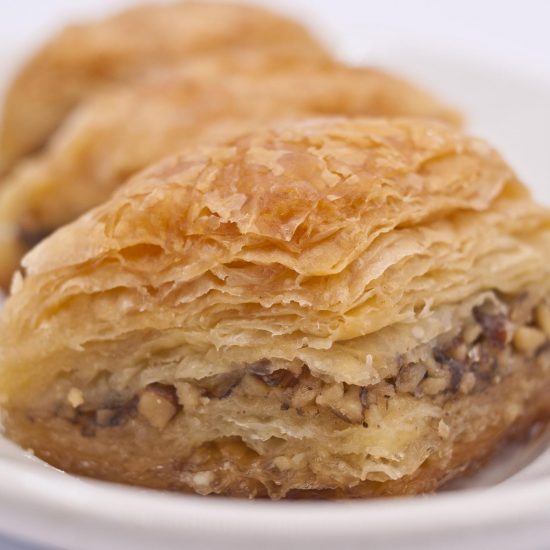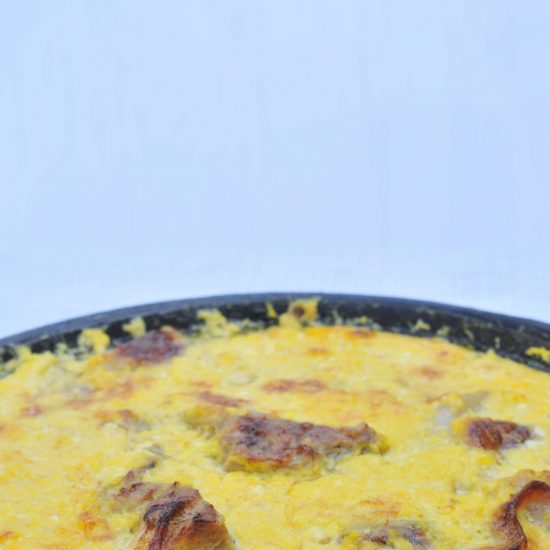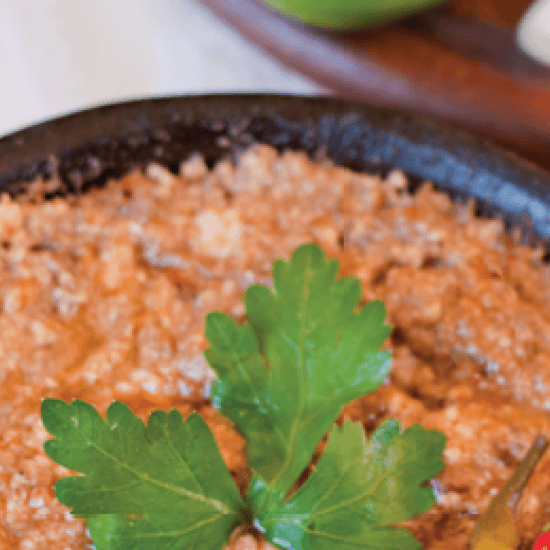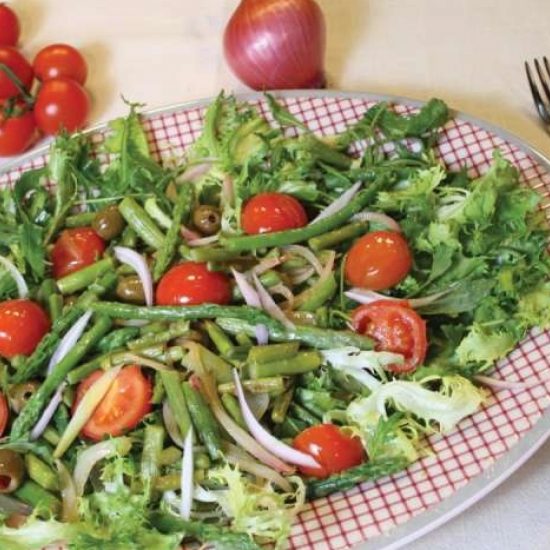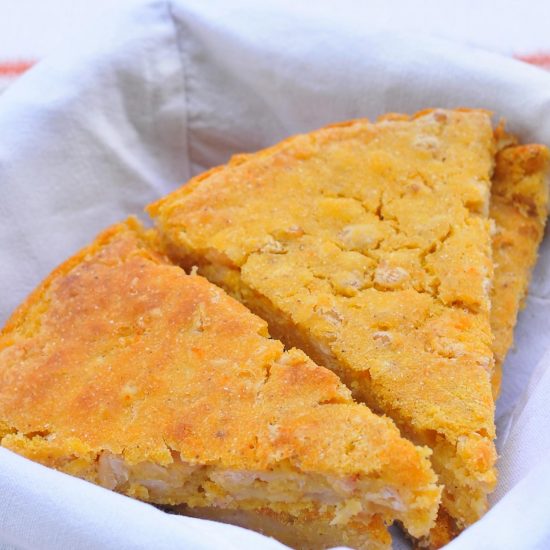Albanian cuisine offers a truly unique blend of Mediterranean flavours. Representing a rich historical past, the food of modern Albania has evolved over millennia and reflects diverse influences. East meets West in many prominent ways in Albanian culture, but nowhere is this more evident than in the cuisine. The mild climate is favorable for many types of agriculture. Among the most popular in Albania: peppers, eggplants, tomatoes, cucumbers, as well as an assortment of legumes. The variety of fruits and vegetables grown here further expands this diverse dish. These vegetables are paired with meat in a variety of ways that form the basis for many Albanian delicacies. More often, these creations are baked in earthenware or sautéed and have one of the following forms: stew, casserole, stuffed vegetables or meatballs. Other types of dishes combine a lot of vegetables (with or without meat), and they can be traced to an Asian origin. As in many other Mediterranean countries, olives are a staple in Albania. Although olives are most often eaten on their own, olives are mixed with many foods and are an important ingredient in many specialties. Types differ by region. Olives from the Berat region are valued for their unique taste and low fat content. Olives from Vlora, Borsh, Himara and Tirana have a higher fat content and are more commonly used for olive oil production. Albanian cuisine also uses various spices to enhance the taste of food. Garlic and hot peppers are popular flavoring options. Often subtle flavors sometimes arise from non-spiced ingredients such as lemon, vinegar, and yogurt. Albanian chefs rarely mix spices, instead choosing one that is more in harmony with the natural flavor of the dish. Recipes rarely specify the amount of spices to use, recognizing this as a matter of adjustment based on the other ingredients in the dish. Milk and dairy products also play a huge role in Albanian cuisine. Yoghurt is consumed daily by many Albanians and is the basis of many sauces and other dishes. Butter is also very popular; as an ingredient, and separately as a drink. Albanian cheeses are unique and also differ from region to region. The most popular is the white cheese made from sheep’s milk, originating from the south. Like feta, it is found in many dishes. Desserts often accompany Albanian dishes, thus completing the meal. Often they are made from various creams and fruit juices. and sometimes use local honey as a sweetener. Baklava, biscuits and puddings are the main dishes of the dessert. Another popular option is some variation of sweet or savory dough balls. Boza is a common drink served as part of a dessert. It is made from corn and comes from the north. Particularly refreshing in summer, it offers a pleasant non-alcoholic option. Often the tastiest desert, however, is also the simplest: a variety of seasonal fruits served simply can be the perfect ending to a delicious meal. Alcoholic drinks are intertwined with the history of Albania. The most popular and traditional cancer. It is often made from grapes, but can be distilled from a variety of fruits, including plums. The best crayfish are made in small batches by craftsmen who truly take pride in their craft. The regions in the south are known for their grape raki production, while the colder regions in the north specialize in the plum river. Wine has long been produced in Albania and is a centuries-old tradition. Thanks to archaeological finds, production has been traced back approximately 3,000 years to the Illyrians, who created a thriving wine industry. Wine production continued to flourish under Byzantium. Several unique varieties are enjoyed throughout Albania: Shesh and Zee, Kallmet, Mavrud and Malaga. Cognac is also popular here, and the local brand Skanderbeg has won several international competitions. 000 years to the Illyrians who created a prosperous wine industry. Wine production continued to flourish under Byzantium. Several unique varieties are enjoyed throughout Albania: Shesh and Zee, Kallmet, Mavrud and Malaga. Cognac is also popular here, and the local brand Skanderbeg has won several international competitions. 000 years to the Illyrians who created a prosperous wine industry. Wine production continued to flourish under Byzantium. Several unique varieties are enjoyed throughout Albania: Shesh and Zee, Kallmet, Mavrud and Malaga. Cognac is also popular here, and the local brand Skanderbeg has won several international competitions.


